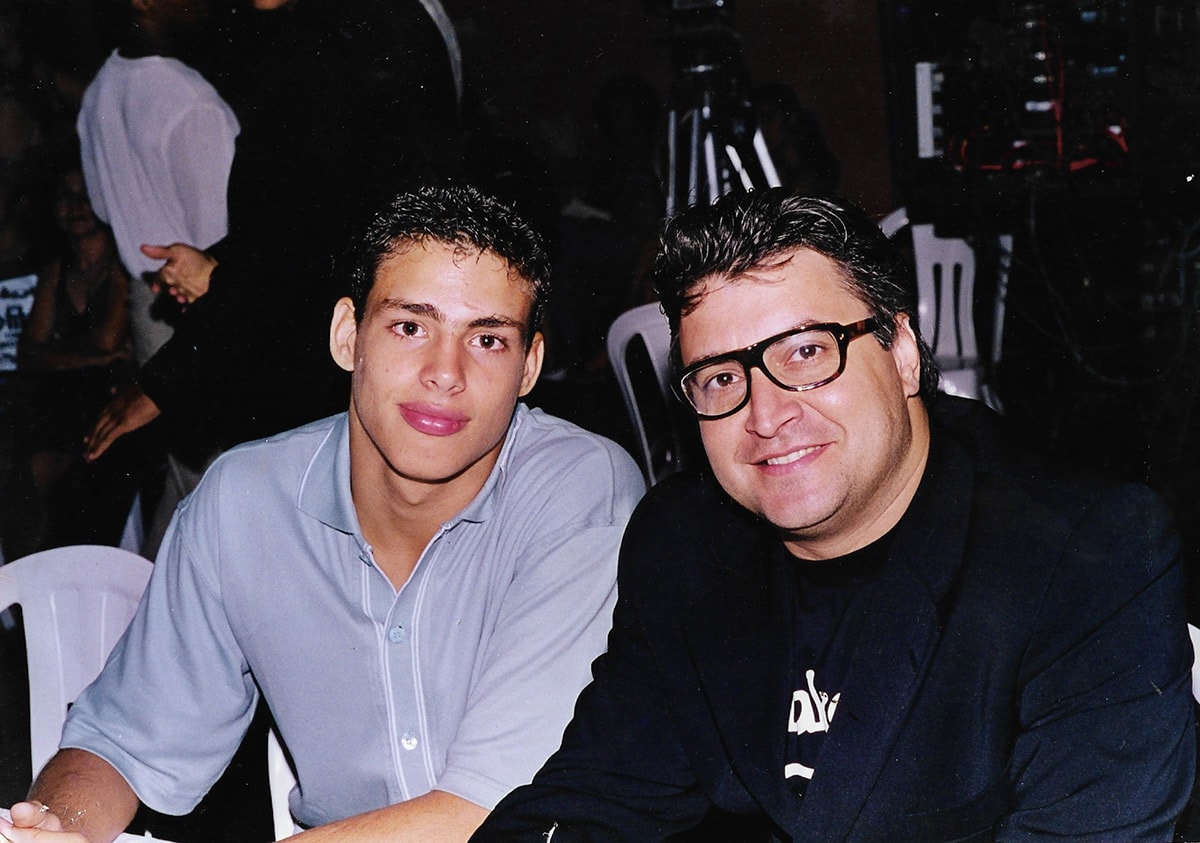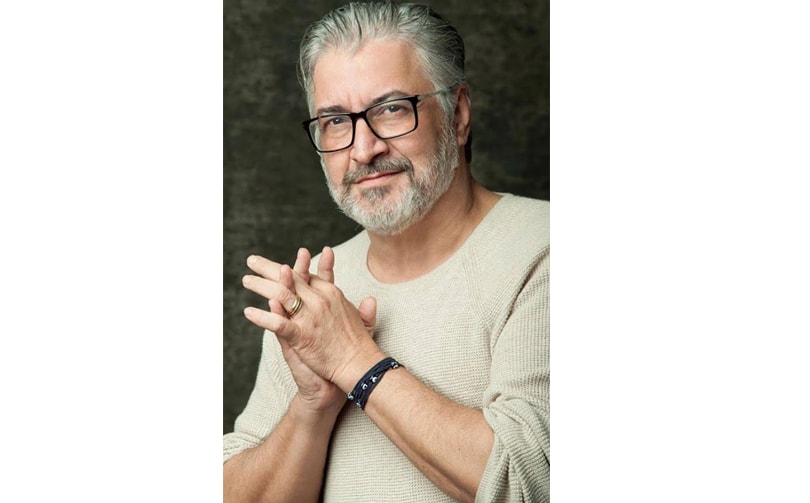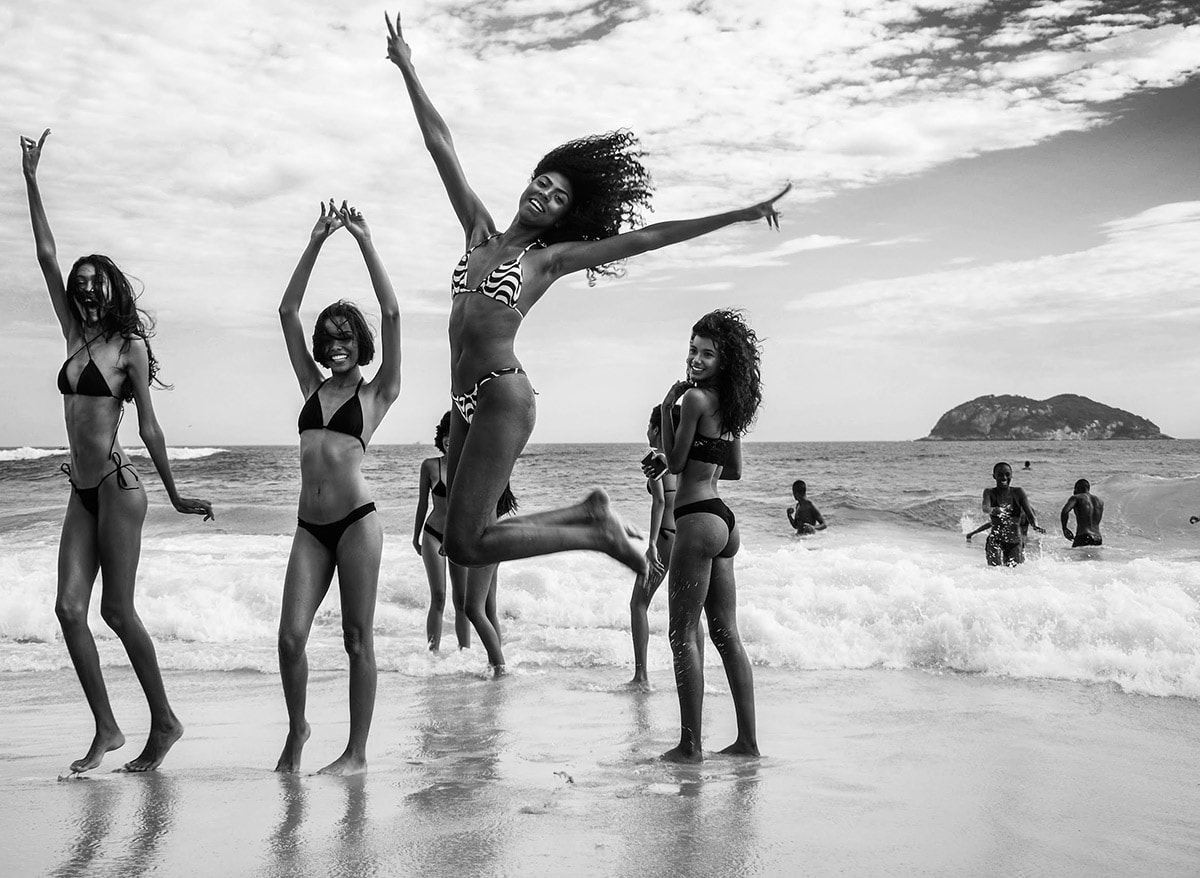
INTERVIEW Born in Bahia and raised in Rio de Janeiro, Sergio Mattos travels through the Brazilian and international fashion scene with relaxation and seriousness. In 31 years of continuous work, he was responsible for the discovery and career of several famous models, from Isabeli Fontana to the current actor Cauã Raymond and Gisele Bündchen. According to Mattos it was through Gisele that he realized that personality is sometimes more significant than a millimetrically perfect face. Read the interview he exclusively gave to FashionUnited.
You started at the Elite Agency in '88 as a booker. Since then you have stood out among bookers, set up your agency (40 Degrees) in 2004 and until today you are very renowned in the fashion business. To what do you credit all this success?
I think it's because I love what I do, always have. I have also always dedicated myself to everything I set out to do, whether it be discovering models, or "book" for work or sending models abroad.
Which models have you enjoyed working with the most and why?
Cauã Reymond, Paulo Zulu, Carlos Casagrande, João Vellutini, Daniella Sarahyba, Ana Beatriz Barros, Isabeli Fontana, Gisele Bündchen, Maria Fernanda Cândido, Carla Barros, Georgia Worthman, Márcio Garcia, Rodrigo Hilbert, Raica, Danah Costa and Walter Rosa, because they have always been very professional and polite.

What do you feel most proud of from your entire professional career?
Gisele, Cauã, and many others that I discovered and ended up having great success, either on the catwalks and photos or on TV like Agatha Moreira, Pablo Morais, Juliana Paiva, Beatriz Arantes, Rômulo Arantes, Felipe Roque, Mariana Rios among so many others.
Today, there is much talk about diversity not only in matters of race, but also in respect to age and physical disabilities. What do you advise for beginner bookers to form a more diverse portfolio of models? What would be important to observe?
We must always be careful, especially with this segment to have a lot of respect for the dignity and sensitivity of each person because we deal with people. Fashion today is more democratic and not only accepts, but also requires people outside the "catwalk" standard; the plus-size models, for example, are already pumping in the international market and brands are increasingly betting on diversity.
Besides the topics such as diversity, sexual and moral harassment which has been much discussed, especially in the creative and fashion industry. What do you think about it?
It is always good that fashion raises the necessary flags and moral and sexual harassment is in the sights of the world's press and there are no more excuses. Harassment is reprehensible and a corny act! Harassment is harmful and must be fought.
What steps does a booker have to take to avoid problems like these? How can models protect themselves from embarrassing situations?
We always advise models and actors to be transparent and tell us any problems that happen in any job or selection. We are very careful with this issue.

What qualities should a model have?
It depends, if it is a commercial model, to have expressiveness is fundamental. If you're a catwalk model, have the body type that wear clothes well. Actors and actresses need a lot of study, a lot of reading. I always say that before applying to be a model, you have to know yourself a lot, see which angles you favor in photos and movies.
What qualities should a good booker develop?
Clinical eye to understand market trends and sensitivity to deal with the egos of both models and customers. As I have said before, we are always dealing with people and that means valuing and being attentive to the respect and dignity of each one.
Looking back, how do you see the fashion industry today?
The industry is changing a lot, especially with social networks, people are more exposed, everything is easier and faster, visibility is impressive and therefore care must be doubled. There are many "fakes" in this universe. It is worth remembering that there are many fake talent scouts, fake invitations, fake agencies and all the care is little. It is necessary to know how to separate the weeds from the wheat!
This article was originally published on FashionUnited BR. The text has been translated and edited for an international audience.
Photos: Reinaldo Hingel, courtesy of Sergio Mattos and Carla Reichert
* This article was originally published here
No comments:
Post a Comment